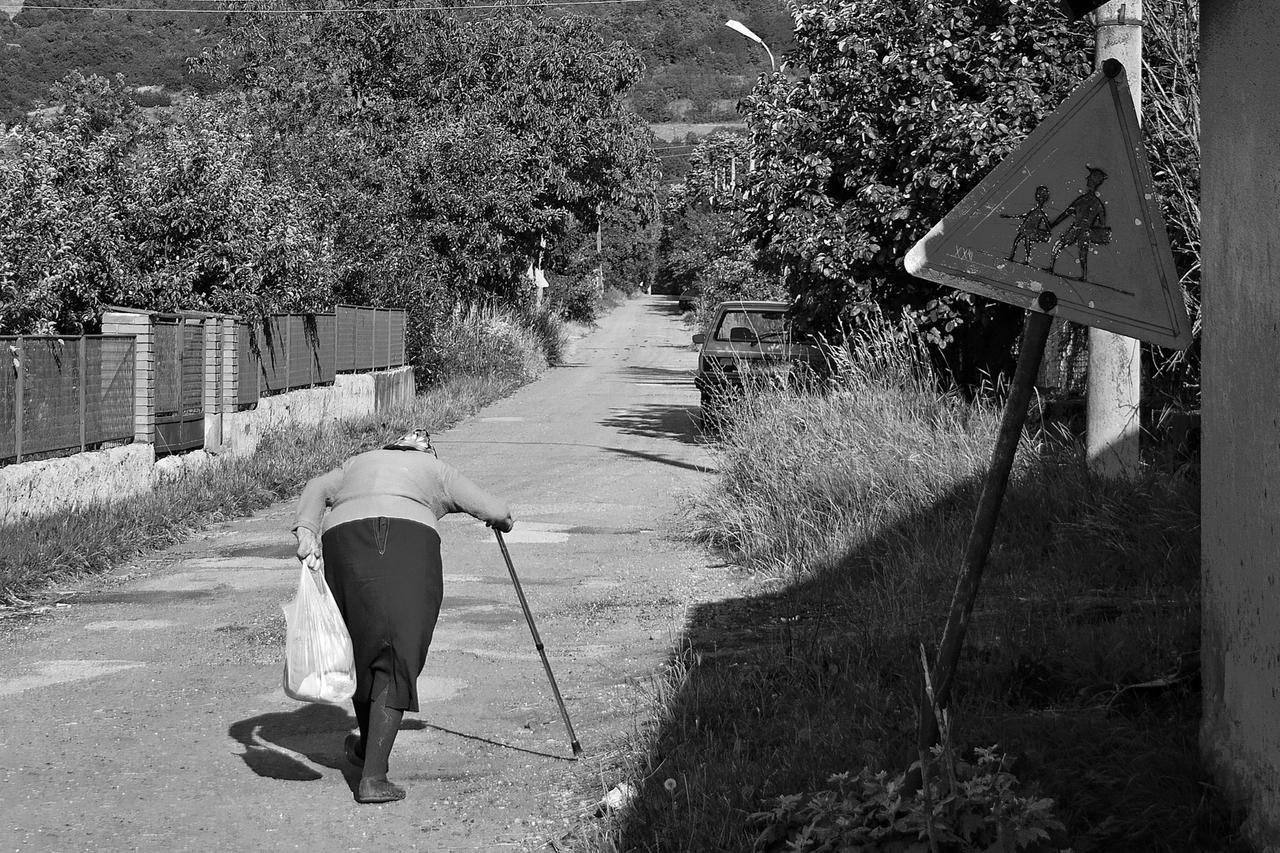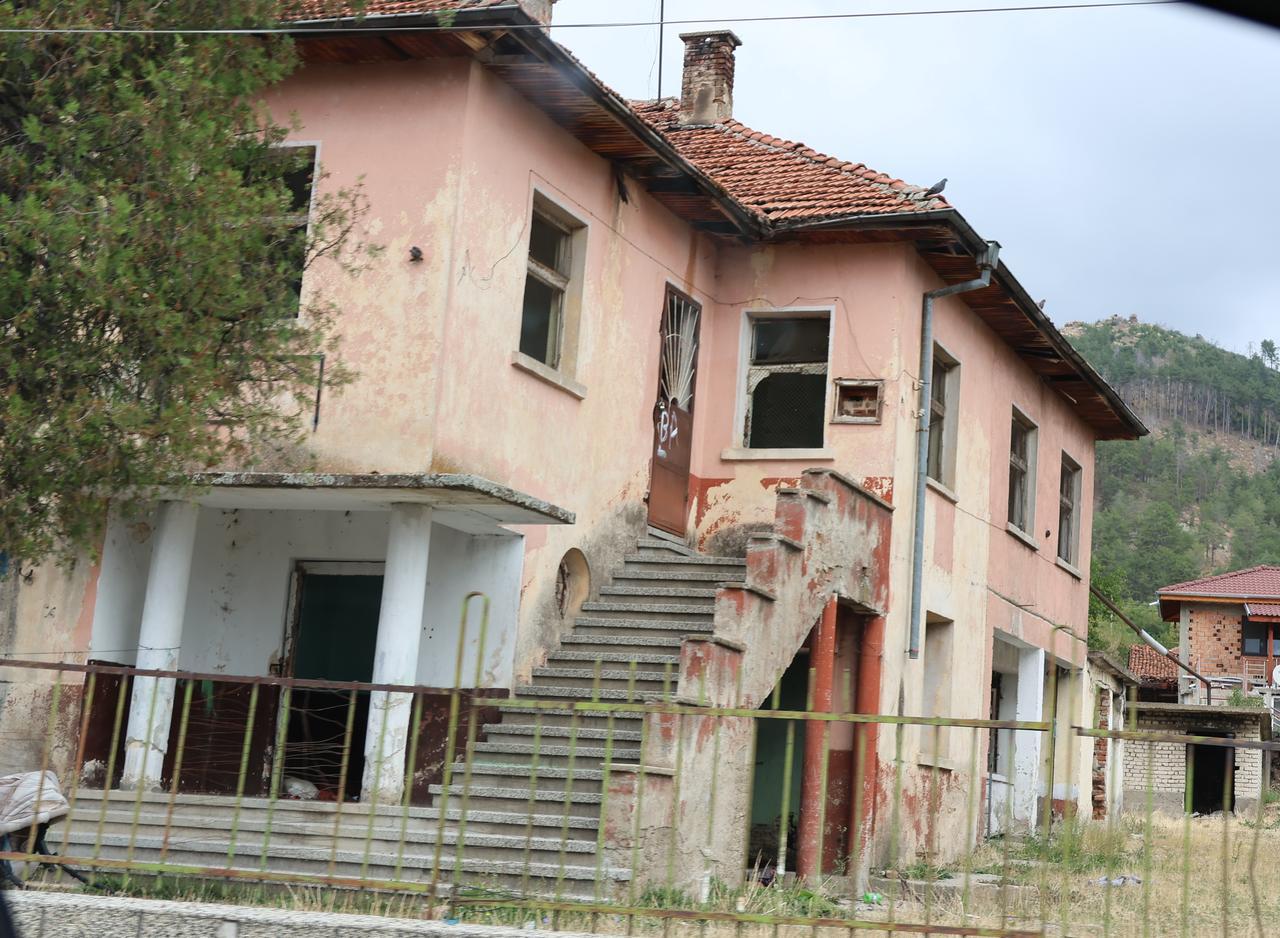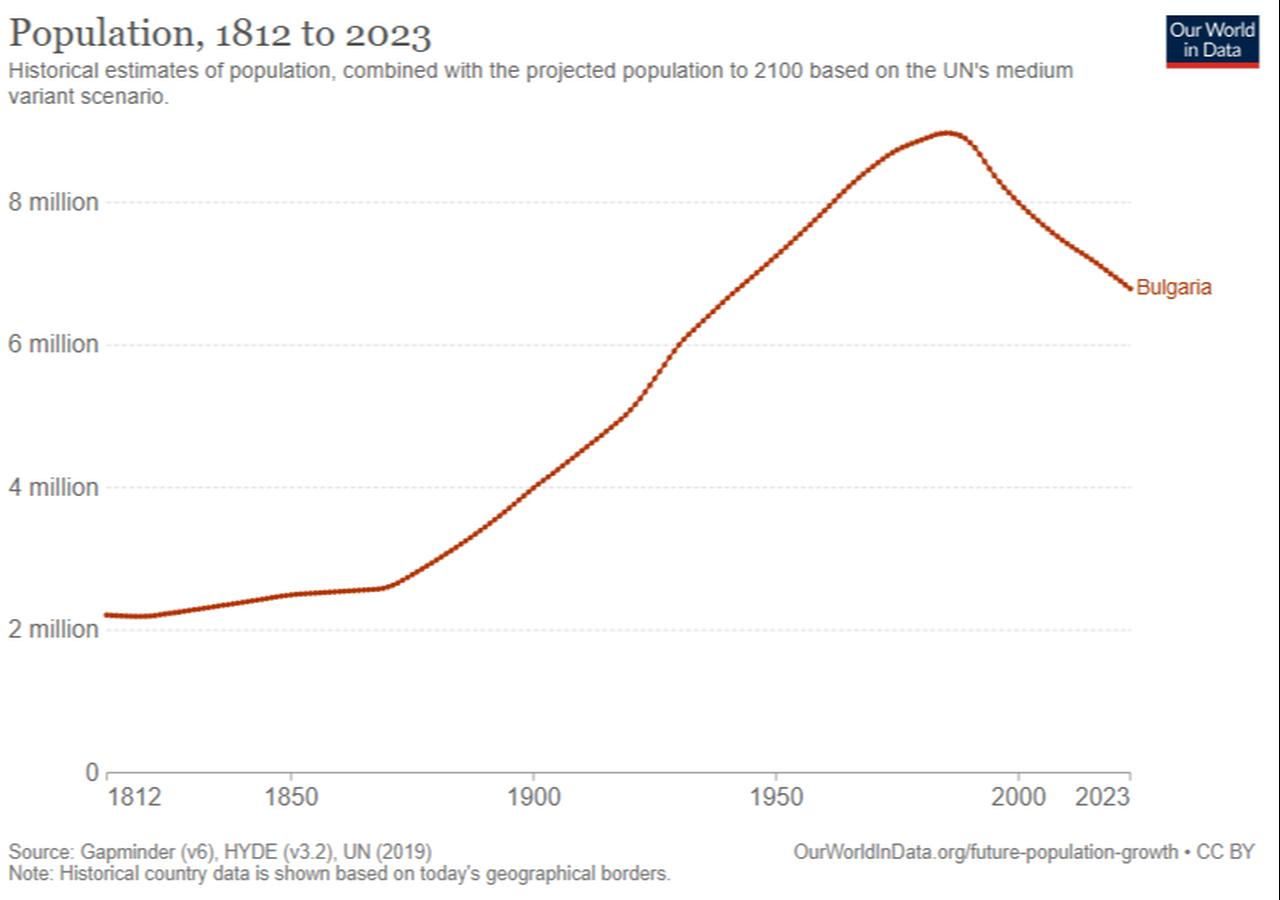
A land of deep history, vibrant cultures and resilient communities is quietly confronting a demographic crisis. Across the Balkans, villages and towns are shrinking at alarming rates, leaving behind abandoned homes, aging streets, and schools with empty classrooms. Once lively squares, where children once sang and laughter filled the air, now stand eerily silent.
The Western Balkans are depopulating at a historic pace. Between 2011 and 2024, Albania saw its population drop by over 18%, while Serbia and Bosnia and Herzegovina each lost hundreds of thousands of people—a hemorrhaging accelerated by emigration, low birth rates and rising mortality. Bosnia’s fertility rate now sits at just 1.26 children per woman, far below the replacement level of 2.1. Serbia’s population, meanwhile, has fallen by more than 430,000 since 2015 due to natural decline alone.
This crisis is not confined to numbers. It is playing out in the closure of schools, the abandonment of villages, and the collapse of local economies. Entire regions are aging beyond sustainability, placing immense strain on social services and health care systems. The specter of demographic collapse is no longer a distant threat—it is a daily reality.

The economic damage wrought by demographic decline in the Balkans is already substantial and likely to worsen. Young people leaving in droves exact a double toll: the education costs borne by their home countries, and the loss of their productive potential.
According to OSW Centre for Eastern Studies, youth unemployment rates in 2023 ranged from ~28% in North Macedonia, Montenegro, and Albania, to ~24% in Serbia, while Kosovo and Bosnia and Herzegovina also saw similarly high figures—all far above the EU youth unemployment average.
The Westminster Foundation for Democracy estimates that Western Balkan states lose up to €2.46 billion annually in education investments alone due to youth emigration, not counting additional gross domestic product (GDP) losses from lost consumption, diminished tax bases, and brain drain. In Serbia, youth emigration strips roughly €1.2 billion per year from the economy, a figure that reflects both lost economic activity and the under‐utilisation of educated citizens.
Beyond fiscal losses, depopulation erodes core public services. In Albania, for example, rural schools have lost ~40% of their students over a decade, prompting school closures and destabilising local communities. As young families leave, rural areas age fast; infrastructure, healthcare, public transport and other services become more expensive per capita and harder to maintain. Politically, the exodus of youth weakens legitimacy, undercuts civic participation, and fuels discontent.

No country illustrates the severity of this crisis more starkly than Bulgaria. Since its peak in 1987, Bulgaria’s population has collapsed by more than 2.2 million—a staggering 27.5% decline. As of the end of 2024, the nation counted just over 6.43 million inhabitants, and projections warn this could fall below 5 million by 2074 if current trends persist.
The causes are familiar: persistently low birth rates, high emigration, and rapid aging. But the consequences are devastating. Over 1,000 Bulgarian villages now have fewer than 30 residents, and nearly 300 have been completely abandoned. The country’s workforce is shrinking, its pension system is under strain, and the very viability of rural life is being called into question.
Seeking to turn crisis into opportunity, Bulgaria is charting a new course to bring its people home. Central to this effort is the government’s “I Choose Bulgaria” program, designed to incentivize Bulgarians abroad to return and encourage citizens at home to stay.
Through this initiative, returnees can receive up to €5,000 in relocation assistance, along with job-placement support and rent subsidies for their first year back. These measures aim to ease the financial and logistical burdens of returning, making the prospect of moving back more feasible.
The government is also implementing broader family- and health-focused policies to tackle the root causes of population decline. Plans include the construction of a state pediatric hospital in Sofia, improvements in childcare and family services, and public campaigns encouraging earlier parenthood.